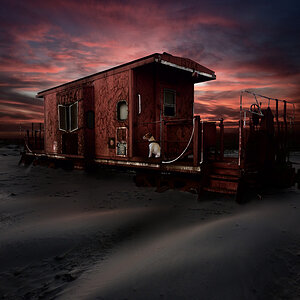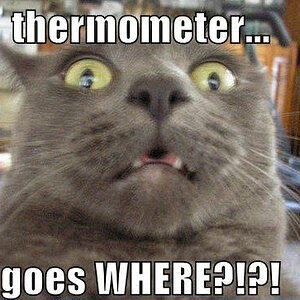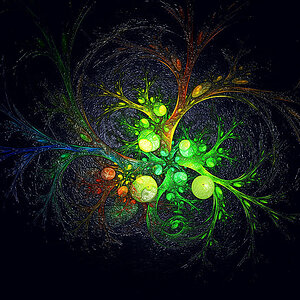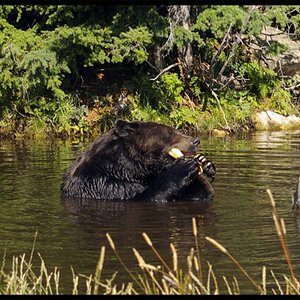Given that the sensors in DSLR's are not full frame and magnify by 1.5x, is this good?
I was thinking that it would be a good idea to get a DSLR, and for portraits, get a 50mm 1.8 lens, and then with the smaller sensor, it would be like a 75mm 1.8 lens, which would cost a lot more money. Or getting a 300mm f/4 lens, and then the magnification would raise it to 450mm f/4. The only downside is the wide angle end, but already, Nikon has made a ful frame fisheye for DSLR's.
Can anyone elaborate or clear up any misconceptions. I know there has to be a catch somewhere.
I was thinking that it would be a good idea to get a DSLR, and for portraits, get a 50mm 1.8 lens, and then with the smaller sensor, it would be like a 75mm 1.8 lens, which would cost a lot more money. Or getting a 300mm f/4 lens, and then the magnification would raise it to 450mm f/4. The only downside is the wide angle end, but already, Nikon has made a ful frame fisheye for DSLR's.
Can anyone elaborate or clear up any misconceptions. I know there has to be a catch somewhere.


![[No title]](/data/xfmg/thumbnail/41/41897-ea48d59eea1540d700b6e9051bce38da.jpg?1619739935)


![[No title]](/data/xfmg/thumbnail/30/30861-fee88082ba36d0c3b443492fe3f3f1cd.jpg?1619734481)

![[No title]](/data/xfmg/thumbnail/34/34697-f005f86bec84436c239ae8f8834b29f2.jpg?1619736606)
![[No title]](/data/xfmg/thumbnail/30/30863-8c53522e4ed851e96cb7411e74b9fe59.jpg?1619734482)




